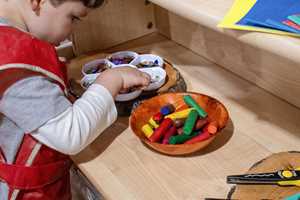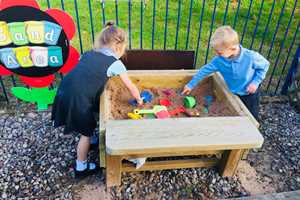
Special Educational Needs
Why are Heavy Work Activities Important For Your Children with Special Educational Needs?
Do you know why heavy work activities are important for your children with SEN and do you know how to introduce heavy work activities into your outdoor lessons?
We all know that at some point in the day, children need to move and we mean REALLY move!
And as grown-ups, we can often feel worn out just watching them running, skipping and jumping around the place! Where DO they get their energy from?!
We love to see them playing like this, because it’s what kids need to do, and how they get essential exercise to keep them healthy, happy and strong.
But there are also times of the day when children need to be calmer and more focused, to listen and to learn, particularly in a classroom environment. Some children find this much harder to do and struggle to sit still.
Many children with Special Educational Needs have specific medical reasons as to why this is a real challenge for them.
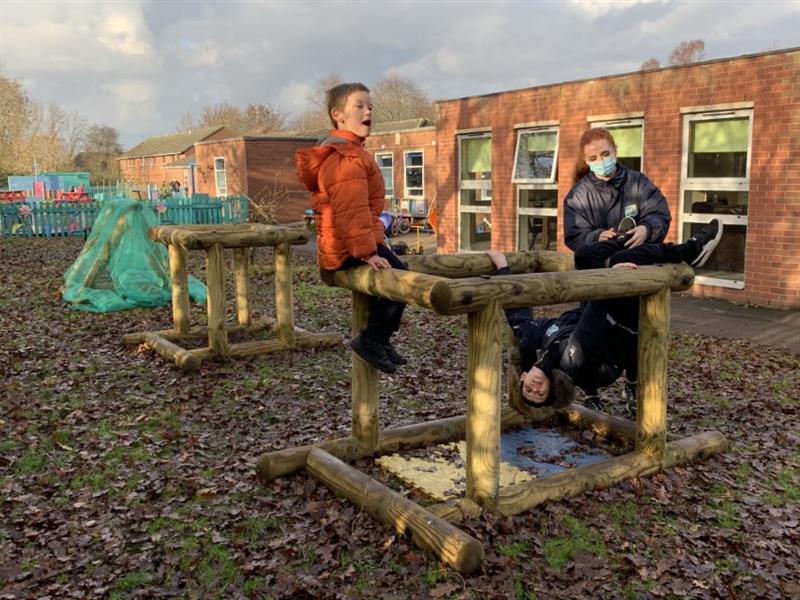
The Benefits of Heavy Work Activities
It is fair to say that ALL children need to take part in Heavy Work Activities, at Early Years Foundation Stage, Key Stage 1, Key Stage 2 and beyond.
But we often hear occupational therapists refer to Heavy Work Activities as being imperative for children who have Special Educational Needs as they can have difficulty regulating their energy levels.
Heavy work is a crucial way of ensuring that children’s bodies get regular heavy input into their neurological systems, their muscles and joints, in an efficient way, so as to help them get the physical stimulation they so crave before they can calm and settle themselves down.
And children with under-responsive neurological systems particularly have a very real need for these types of activities.
For example, children with Autism are often unable to organise and process sensory information.
On one level they may have under-responsive neurological systems which means that they have poor awareness of sensory stimulus - they will put more intense effort in to register information, such as stomping when walking, pushing against objects and other people, and knocking into things.
Product Spotlight
On another level, they may have over-responsive neurological systems, which makes them respond defensively to sensory stimulus. They will be more hesitant to carry out certain activities and will be unsettled if they do not feel that they are in control of their own environment.
They might not like touching new things or people, and will be cautious or anxious about any social interactions that are unfamiliar. It’s not a case of “one size fits all” with Heavy Work Activities, but following appropriate guidance from a child’s therapist, children with Autism and other Special Education Needs can really benefit from a regular pattern of Heavy Work Activities.

Examples of Heavy Work Activities
When we carry out Heavy Work Activities, or to use a more technical term, “proprioceptive activities”, we are working on proprioception. That is our own sense of posture and motion, the relative position of different parts of our bodies, and the level of effort that we need to put into movement.
This sense provides information through our joints, muscles and ligaments to our brains, and these sensations tell us about where our body parts are and what they are doing in relation to other body parts, how our bodies are moving and where they are in the space around us.
The proprioceptive system is put into action every time we push or pull on objects (such as opening or closing the door or cutting food with a knife and fork) and every time our joints are compressed or stretched (such as running and jumping up and down or hanging from a rope swing).
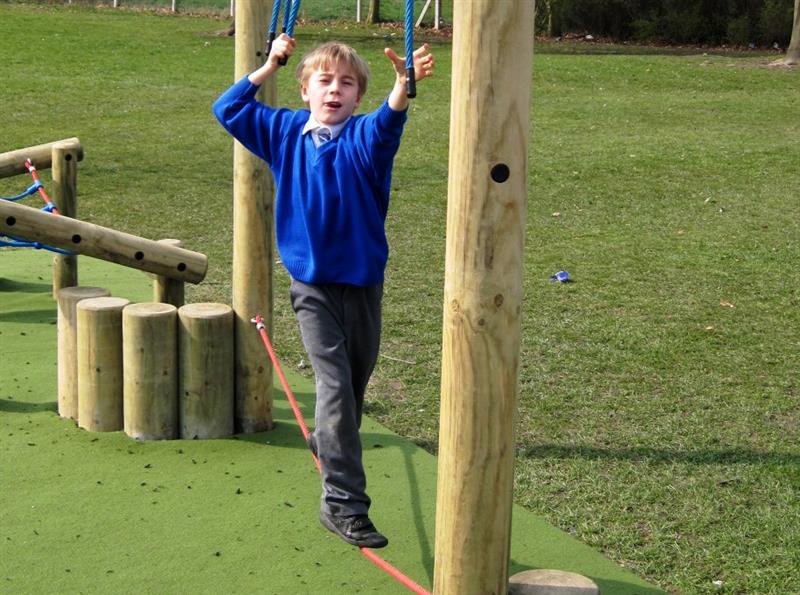
“Heavy Work” is a term used to describe activities which cause us to receive proprioceptive input so that our joints, muscles and ligaments are put to work in this way. Any activity involving “heavy work”, such as pushing or pulling, activates this particular system.
This system helps us to understand how much force we are using and whether we need to use more or less force in order to achieve our aims.
It helps us to better understand and measure sensory input we receive from other sources so that we can more appropriately or accurately respond to it (for example the feeling of hot water on our skin or the sound of a sudden loud noise).
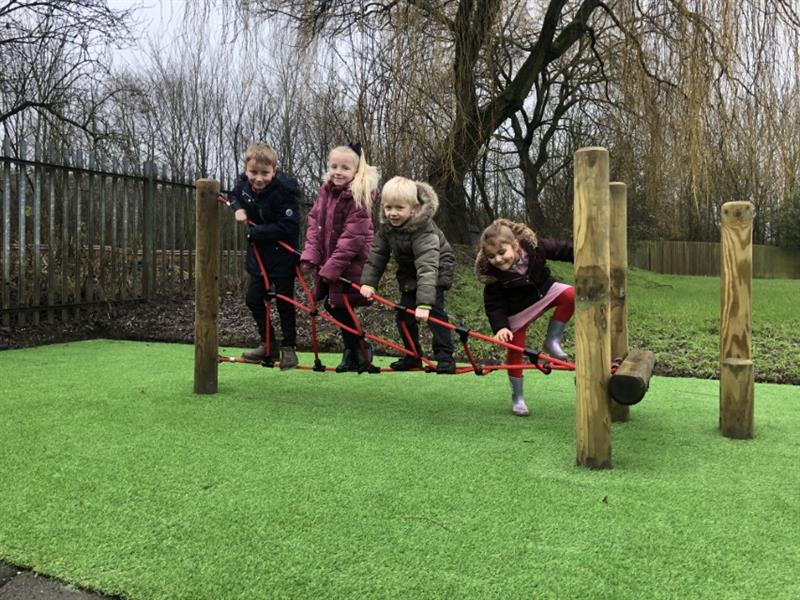
Children with under-responsive neurological systems will often seek out proprioceptive input without knowing it when they are looking for a way to calm their nervous systems. They may be feeling overwhelmed and come across as disruptive or full of excess energy. Heavy Work Activities are so valuable here because they can have a calming and organising effect on the body.
Where children with Special Education Needs are concerned, these activities help to calm an overly stimulated nervous system, and they can also reinvigorate an under stimulated nervous system. This has a knock-on effect on the rest of a child’s day.
They will be more ready and able to follow through with and fully participate in everyday activities and life skills that they need and want to be able to do, such as getting dressed, joining in meal times, following instructions, sitting still when they need to and being able to fall asleep without difficulty.
Effective Heavy Work Activities Should Be Calming
It is important to remember that for Heavy Work Activities to be effective, and to ensure they have a calming effect rather than causing distress or disruption, they must always be performed at levels and for lengths of time appropriate for each individual child.
A child’s therapist should give guidance on the type and duration of activities that work best for them, but 5-15 minutes is usually optimal. Slow and steady resistance to apply pressure against the muscles and joints, rather than fast and sudden motions that work up the nervous system are key.
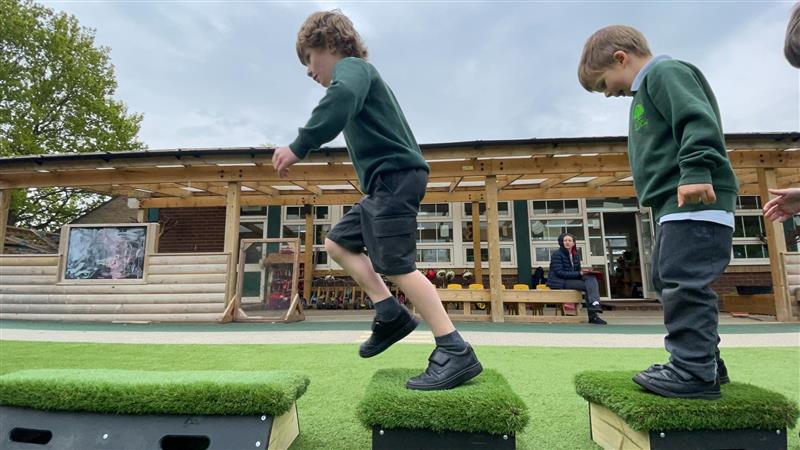
We have some great ideas for schools looking to incorporate Heavy Work Activities into a weekly routine for children with Special Education Needs. There are so many different things that you can do for all different abilities!
Some Heavy Work Activities use the whole body (actions involving lifting, pushing, pulling, general play and movement) while some focus more on the use of the hands and fine motor skills (squeezing, pinching and general “fettling and fidgeting”!). Oral activities such as blowing, chewing, biting and sucking are important too.
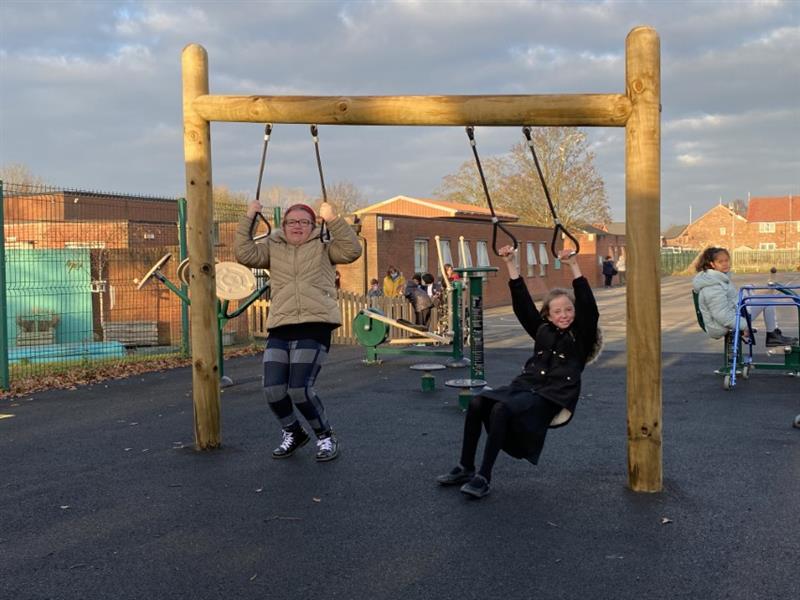
Here are 9 of our favourite Heavy Work Activities you can use every day:
1. Have a baking lesson!
Ask the children to make, mix and stir cake batter with a wooden spoon. Make thicker batter that requires more stirring. Make some scones for afternoon tea!
Children should use a pincer movement with their fingers and thumbs to rub the butter into the flour. Knead the dough with their hands and roll it out with a rolling pin.
Push down on the dough with cutters to make the scone shape. Hull and chop some fresh strawberries to have with them!
Our outdoor Mud Kitchen is the ideal resource for this activity and being outside will inspire the children further

2. The garden is looking a bit untidy - time for some weeding!
Put on some gloves and pull up the weeds.
Rake fallen leaves off the grass and sweep twigs off the playground. Put them in a wheelbarrow and push the wheelbarrow over to a Recycled Composter. Dig up the soil. Push holes into the soil to sow some seeds.
Lift a heavy watering can full of water and sprinkle it over the seeds. A Dig Pit would come in handy for this particular activity.
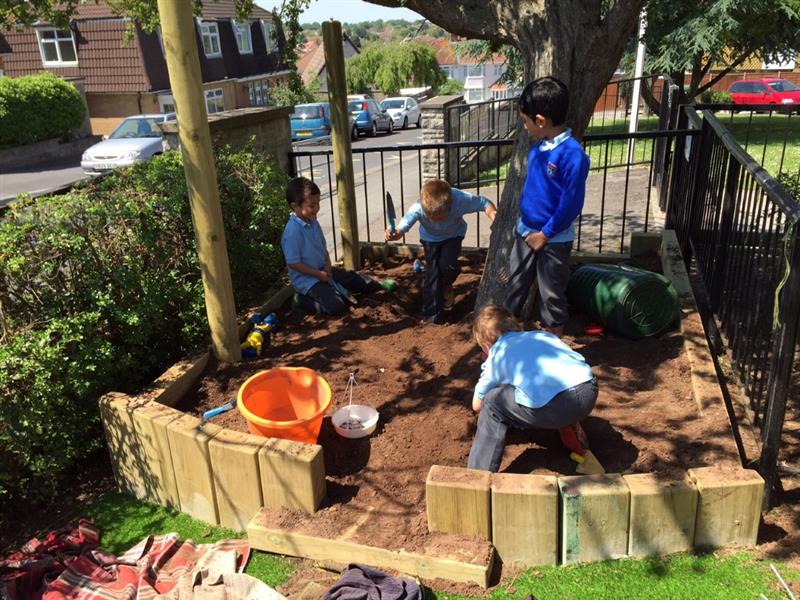
3. Time to go shopping!
Fill a toy trolley with grocery items and push it around the “supermarket”.
Load the items into bags and carry them to the home corner.
Use items of different weights to push and carry around.
4. Time to tidy up!
Ask children to help with pushing, pulling, lifting and carrying activities to put away toys and books. They can stack small chairs, sweep, mop, vacuum and wipe away!
Having Playground Storage Units will help give the children cleaning up responsibly asd they'll know exactly where resources and playground equipment should be stored.
5. Climbing, balancing and swinging
Specially designed Play Frames are absolutely perfect for Heavy Work Activities, as are Tower Units and Trim Trails. They are all-encompassing wonder tools when it comes to offering an opportunity for a child to perform all the relevant different body movements that he or she needs to do.
Climbing up and down ladders and steps, over and across scramble nets. Stretching out those limbs by hanging from and reaching out to monkey bars or Pull Up Bars and swinging on ropes. Balancing across beams, bridges and Stepping Logs.
Climbing up climbing ramps or across Climbing walls, gently stretching, pushing and pulling their bodies as they do so.

6. Kinetic fun for SEN learners
Swinging from a hanging ring or trapeze is great fun and is a really good way to stretch out their muscles.
Playing on any Kinetic Apparatus such as a Swing or Zipline not only gives a child a wonderful feeling of exhilaration as they move through the air and the wind rushes past them, but it also requires them to grip and squeeze as they hold on, and stretches and compresses their muscles as they reach out to move and hold their bodies in place.
7. Messy play activities for fine motor skills
Digging in a Sand Box, pouring items such as sand, dry rice or pasta back and forth between containers, allows the children to exercise their hand muscles to improve their fine motor skills.
Playing with a Water Table has the same effect, moving their hands around in the water and pouring water between vessels. Larger vessels filled with water are heavier and children should see just how much water they can comfortably lift.
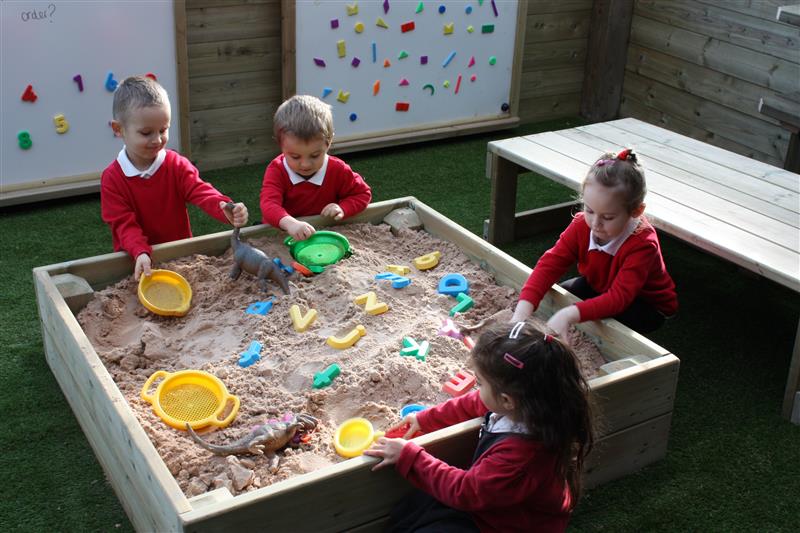
Some other fun physical activities
-
Bouncing around on a trampoline is a really good fun way to stretch and compress the muscles. Try star jumps and even some small somersaults if you are feeling really brave!
-
Jumping with a skipping rope is a traditional playground Heavy Work favourite.
-
Blowing bubbles, whistles and wind instruments (if your ears can bear it!) are really fun oral activities for children.
-
Playing catch with anything, a ball, a cushion, a soft toy, is a great Heavy Work Activity to exercise the upper body.
-
Riding a tricycle, a bike or a scooter around the playground is a great resistance activity. Road Markings are an essential addition to create this activity on your playground as it incorporates road awareness
-
On a rainy day, if you really can’t get outside, ask your children to build a den to play with in the classroom. Use chairs, large pillows and heavy blankets or sheets for extra heavy work lifting while constructing the den. You can even make a child “sausage roll” by letting a child roll themselves up in a mat or heavy blanket, gently compressing on their muscles as they go!
Time for some Arts and Crafts…..
-
Children will love making splatter paintings using thick or thin coloured paints which they can splat onto paper or card. They blow through straws to make patterns. Some paint will move quickly and easily and some will be harder to move. See if you can make a firework!
-
Playdoh is brilliant for squeezing, rolling, kneading and squashing. Create sculptures, animal shapes, buildings, anything you like with different tools.
-
Children can make their own sculptures or even mugs and plates (which they can then decorate themselves) with modelling clay. It has similar benefits to using playdoh but it is a little tougher to manipulate.
-
Make a collage using ripped up paper and card. Give scraps of coloured paper, old newspapers and greetings cards, cardboard boxes, tissue paper and cellophane to the children. Ask them to tear everything into pieces and strips then stick them on to a large sheet of paper or display board to make a colourful textured display. They can tear small pieces gently or larger pieces with force, whatever their bodies need them to do.
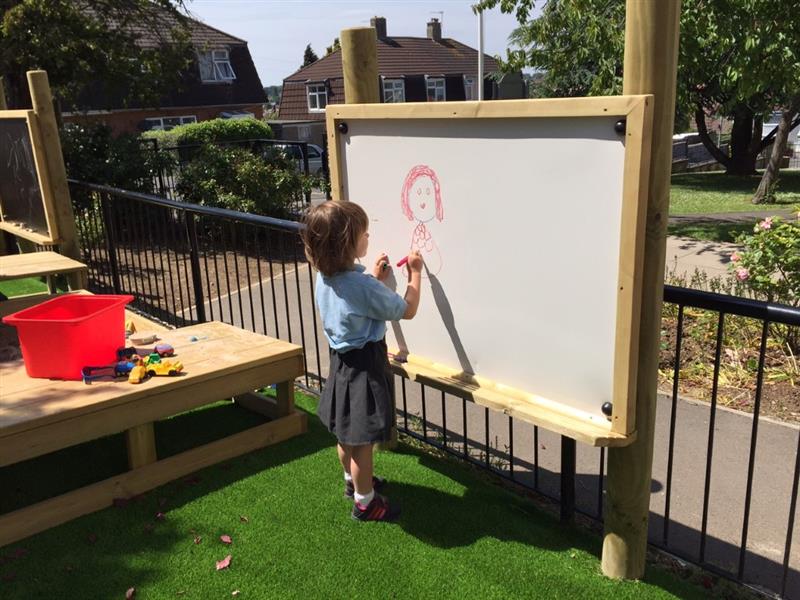
Now for some P.E. and Competitive Games…
Normal P.E. lessons naturally involve Heavy Work Activities in different shapes and forms and many P.E. teachers will be well aware of them. A game of football is a good example of this. To ensure that you are getting Heavy Work Activities into your P.E. lessons you can incorporate some of the following into your lesson plan:
-
Ask the children to act out different animal walks: crab scuttles, lion stalks, snake slides, spider scuttles, monkey swings, insect crawls, mouse scurries, frog jumps, and a snail carries a large shell on his back! Can you do this with a pillow?
-
Do push-ups either against a wall or on a mat on the ground. See how many they can do together!
-
Have a Mini Olympics or whacky games! Traditional “sports day” activities are brilliant heavy work activities but you can have some fun with them. Throw some vegetables and see who can throw the furthest! Do a relay race with carrots for batons. Complete an obstacle course with soft and hard items to climb over, jump over, move around or slide under. Have a walking wheelbarrow race where one child places their hands on floor, and the other child holds that child’s legs off floor and helps them walk with only their hands on the floor. If this is too tricky, use toy wheelbarrows for the children to push along instead. Fill the wheelbarrows with vegetables as you go along. Have a sack race. Ask children to throw a bean bag to each other to catch along a line, and see which line can get the bean bag into the bucket at the end first.
-
A good old fashioned tug-of-war is also a fantastic Heavy Work Activity. It can be done in a variety of positions aside from standing; sitting down, kneeling, or lying on tummies means more different muscles can be worked.
-
Even forward rolls and roly-polys down a hill have a role to play!
Our Multi Use Games Areas are ideal for fun and exciting physical activities and can be bespoken to suit the needs of different children.
%20-%20MUGA.jpg)
After all that hard work, time for a snack……!
-
Enjoy a refreshing drink of water from a suction water bottle.
-
Encourage children to eat chewy or crunchy food at snack or meal time. Apples, carrots, pita bread, low sugar cereal bars, puffed rice, popcorn, dried fruit, bagels, cheese, anything healthy and nutritious that gets their jaws and tongues working is good!
-
Make and drink thick liquids through thick straws, thin straws and curly straws. Fresh fruit milkshakes, fruit smoothies or yogurt are tasty and require different levels of suction.
-
Suck on ice lollies made with fresh fruit.
-
Fill a cup with water and get the children to blow into it through a straw to make bubbles.
And at the end of the day, there is nothing like a big squeezy bear hug to say good bye!
Creating these fantastic outdoor Heavy Work Activities can be made much easier through the installation of unique school playground equipment designed to facilitate these ideas.
If you would like to create an engaging outdoor learning environment at your school, simply Contact Us through the website and we'll discuss potential options and are open to bespoke ideas.






